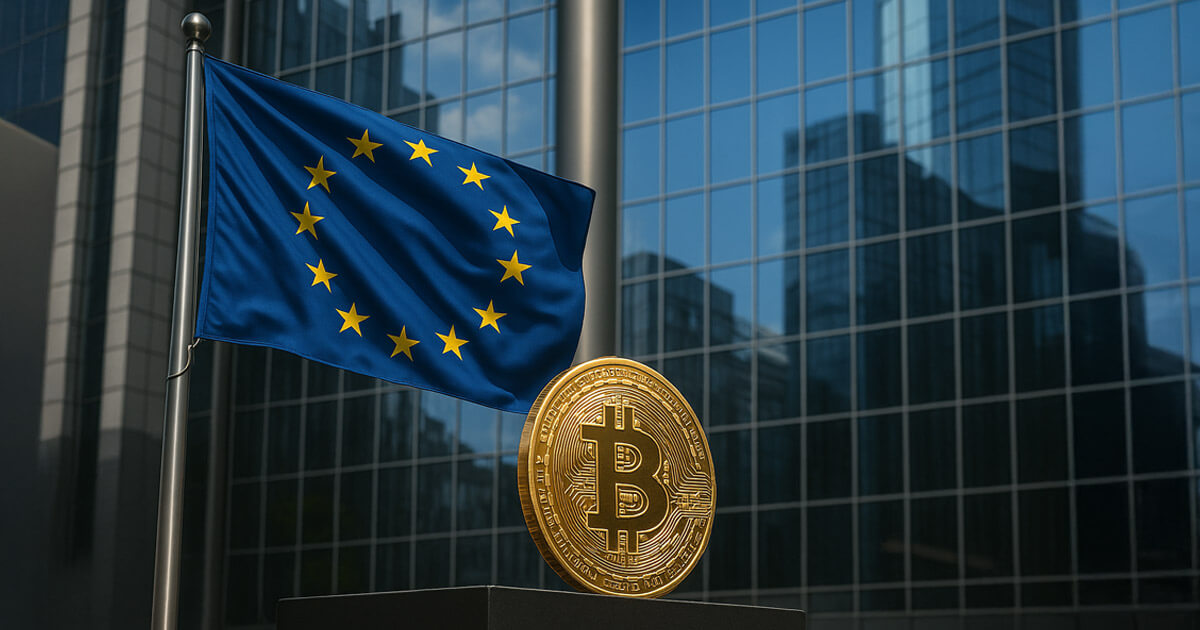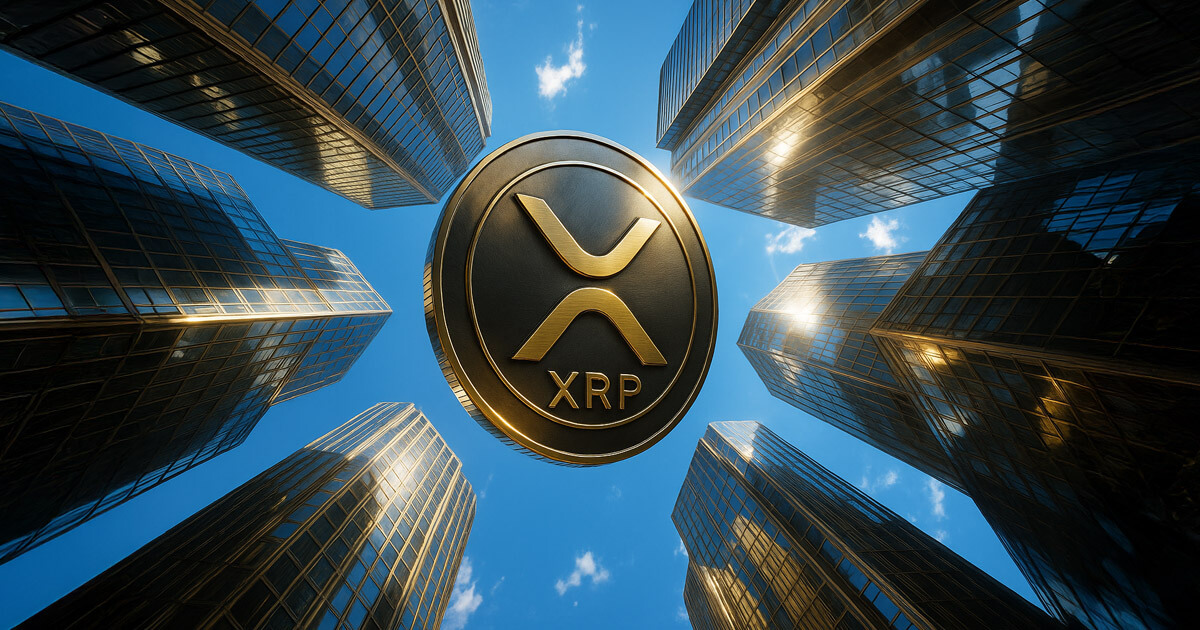The following article is a guest post and opinion of Mike Romanenko, CVO & Co-founder of Kyrrex
The Markets in Crypto Assets Regulation (MiCA) seeks to protect investors and make the rules clear for European crypto companies. However, according to Mike Romanenko, CVO and Co-Founder of Kyrrex, they keep worried about how having strict rules could slow down new ideas, hurt little startups, and help the big dogs get bigger. In addition to looking at things that could go right or wrong in the future, we need to talk about how MiCA takes advantage of the fact that things are not centralized, supporting fair competition and protecting the people who invest their money.
Myth or Reality?
Myth 1: MiCA Stifles Innovation in the Crypto Industry
It seems that the new Markets in Crypto Assets Regulation (MiCA) coming out of Europe will be a big game changer for those looking to get into cryptocurrencies. Having some official regulations should help make things safer and more legal for regular people looking to invest, and that’s definitely a good thing. Typically, you need to get approval from the government before doing anything in crypto. It seems like it would be a lot easier for the big tech bros of Silicon Valley to set up shop than for some students in a garage trying to create the next Ethereum.
The following are some of the most important issues related to MiCA:
- Shuts down companies. Some blockchain entrepreneurs may consider relocating to more crypto-friendly regions due to compliance costs.
- Larger companies may have an easier time absorbing compliance costs, potentially giving them an advantage.
- Impacts Europe’s Standing in the World. The EU might lag behind other regions in embracing crypto innovation as a result of MiCA.
MiCA’s regulatory requirements may present challenges for innovative startups, potentially leading some to relocate to more crypto-friendly regions. Although protecting investors is crucial, others argue that overly stringent regulations could immobilize the same industry they are meant to support.
Myth 2: MiCA Applies Only to EU-Based Companies
The businesses that operate inside the European Union are subject to the MiCA, although its effects might be felt outside of it. If you want to serve clients in the EU, as a non-EU crypto company, you are obligated to obtain a MiCA license, without which you are prohibited from doing so, unless it’s an exclusive initiative of the client, as stated in MiCA. Key Impacts of MiCA imply:
- Global Influence, Limited Scope. Despite being EU-specific, MiCA may influence global standards for crypto regulation, but it remains an EU-specific framework.
- Arbitrage in regulations. Some businesses might move to areas that are more crypto-friendly to minimize compliance requirements.
- Effect on Customers in the EU. Non-EU companies that cater to European consumers may have to adjust to MiCA’s regulations.
Businesses must carefully manage compliance issues as crypto regulations tighten while striking a balance between innovation and market access.
Myth 3: MiCA Neglects Decentralized Finance (DeFi) Platforms
MiCA does not directly address DeFi, but it may evolve in the future to include some aspects of decentralized finance. DeFi projects may encounter ambiguity, regulatory gaps, or future crackdowns as authorities try to incorporate them into pre-existing frameworks in the absence of clear guidelines.
The following challenges are the main problems with MiCA and DeFi:
- The uncertainty of regulations. MiCA’s unclear DeFi regulations make compliance difficult.
- Risky Innovation. Future overregulation might hinder the expansion and uptake of DeFi.
- The role of Europe in DeFi. DeFi projects might be forced to relocate to more crypto-friendly jurisdictions as a result of the ambiguity.
DeFi is still in regulatory limbo, which raises questions about its future in the EU even though MiCA creates a framework for centralized crypto.
Myth 4: MiCA Will Lead to Market Centralization
MiCA’s regulatory requirements may present challenges for smaller startups, potentially leading to more centralized markets. The crypto industry may become more centralized as a result of independent innovators being forced out of the market by the high licensing costs, legal requirements, and constant regulatory scrutiny.
The regulatory requirements of MiCA may be too much for smaller projects, particularly those in developing blockchain sectors, which may force them to close or move to jurisdictions with more lenient laws. This change may reduce competition, restrict consumer choice, and ultimately impede innovation in the European crypto market.
MiCA might strengthen the dominance of centralized exchanges and custodians by erecting obstacles to entry, which would concentrate power in the hands of well-known financial institutions and significant crypto businesses. Although the regulation seeks to improve security and transparency, it runs the risk of weakening the decentralized ideas that initially spur blockchain innovation, which could cause Europe to fall behind in the global crypto race.
Myth 5: MiCA Guarantees Investor Protection Against All Risks
By imposing compliance, transparency, and security requirements on EU crypto companies, MiCA regulation improves investor protection. Although it aids in the prevention of fraud and poor management, it is unable to eliminate risks such as market volatility, project failures, or defects in smart contracts. Non-custodial wallets and DeFi platforms are still unregulated, putting users at further risk.
The most significant advantages of MiCA for Investors include the following aspects:
- Crypto companies must adhere to stringent security and operational guidelines in order to strengthen consumer protection.
- Greater transparency guarantees that businesses reveal financial information, risks, and whitepapers.
- By imposing accountability, fraud prevention lessens market manipulation and scams.
- By creating a clear regulatory framework, legal clarity boosts market confidence.
- Increased Market Stability lowers uncertainty by guaranteeing that businesses follow established rules.
- Investor Compensation Mechanisms: These provide regulated companies with some safeguards against bankruptcy or poor management.
MiCA enhances regulatory oversight, but it doesn’t take the place of risk awareness and investor due diligence. Regulation can lessen risks in the still-evolving crypto sector, but it cannot eliminate them.
How the market benefits from debunking misconceptions about MiCA
Debunking misconceptions about MiCA can help foster a clearer understanding, promoting balanced innovation and market growth. While a clear understanding aids companies and investors in successfully navigating the new framework, misunderstandings can result in needless anxiety, regulatory resistance, and lost opportunities.
The crucial benefits of Debunking MiCA Myths imply:
Informed Investors reduce fear and uncertainty, helping investors navigate regulations confidently.
- Regulatory Clarity encourages compliance by dispelling false fears about overreach or bans.
- Market Growth attracts businesses by highlighting MiCA’s role in legal stability, not suppression.
- Better Innovation helps startups adjust to regulations without unnecessary restrictions.
- Global Competitiveness positions the EU as a leader in responsible crypto regulation, attracting capital and talent.
By addressing misunderstandings, the market can adapt, innovate, and thrive under MiCA rather than resist it.
The European crypto market faces both opportunities and challenges as a result of the Markets in Crypto-Assets (MiCA) regulation. Although its goal is to improve investor protection and regulatory clarity, there are still worries that it could hinder innovation, give preference to big businesses, and ignore decentralized finance. A healthy crypto ecosystem depends on finding the ideal balance between regulation and adaptability. Businesses and investors can successfully navigate MiCA by clearing up misunderstandings and adjusting to regulatory changes, guaranteeing that Europe maintains its competitiveness in the global blockchain market.
The post Myth or reality? MiCA and its real impact on the market debunking common misconceptions appeared first on CryptoSlate.



